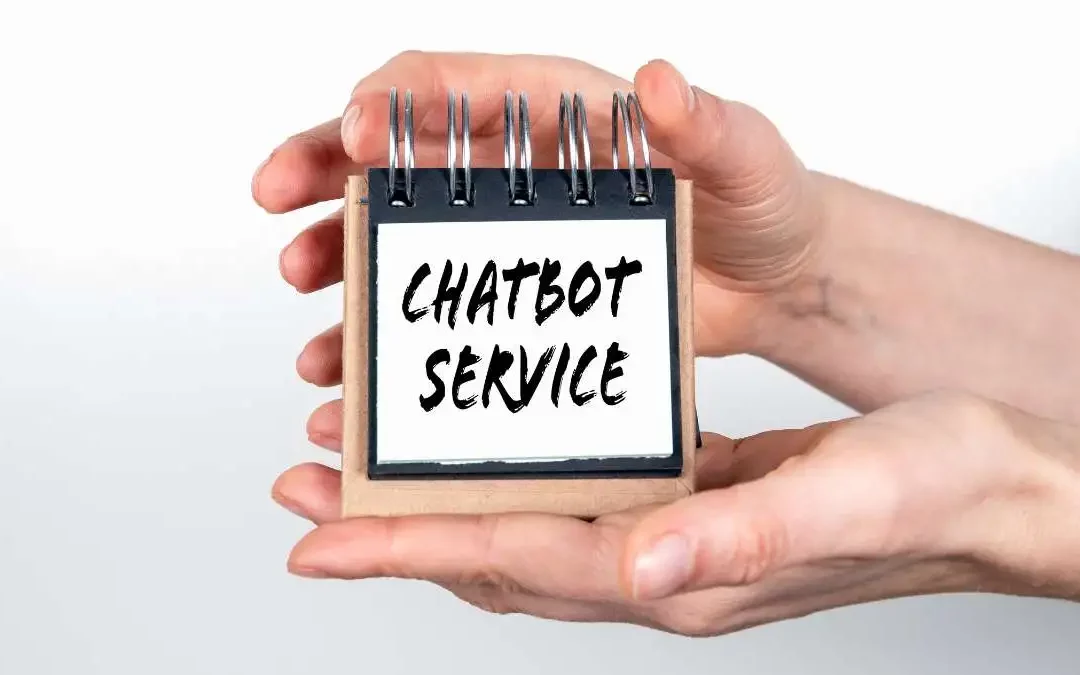Customer care virtual assistants (VAs) are AI-based solutions designed to automate and streamline customer request management across digital and voice channels. They can come in the form of chatbots, voice bots, or AI agents integrated into omnichannel platforms.
Thanks to natural language processing (NLP), machine learning, and generative AI technologies, VAs are able to understand, interpret, and respond contextually to user needs, 24/7.
Updated on June 10th 2025
Estimated reading time: 7 minutes
Table of contents
- Why Customer Care Virtual Assistants Are Increasingly Used
- Trends 2025 according to analysts
- Main benefits for companies
- The Evolution of Customer Care Virtual Assistants with Generative AI
- The Main Use Cases of Customer Care Virtual Assistants
- How to implement Customer Service Virtual Assistants in your company?
- Conclusions The Future of Customer Care Virtual Assistants
Why Customer Care Virtual Assistants Are Increasingly Used

According to McKinsey, over 80% of contact centers have already integrated at least one virtual assistant to manage common requests, lighten the load on human operators and improve operational efficiency.
Deloitte highlights that the adoption of these tools allows:
- a reduction in costs of up to 70%
- an improvement in customer satisfaction of up to 30%
- an average management time lower by 35%
Trends 2025 according to analysts
Gartner predicts that by the end of 2025, 95% of customer interactions will be managed, at least in part, by artificial intelligence systems. This means that most companies will adopt virtual assistants not only to answer simple questions, but also to support sales, post-sales and complaint management.
The global market for virtual assistants is expected to grow at a compound annual growth rate (CAGR) of 22%, exceeding 14 billion dollars by the end of 2025. Industries such as retail, telecommunications, insurance and healthcare will lead this expansion, thanks to the high volume of interactions to be managed and the constant pressure to reduce operating costs.
According to Zendesk’s Customer Experience Trends Report, 79% of agents say that adopting AI solutions has improved the quality of their work, lightening the most repetitive tasks and leaving more space for strategic and relational activities. AI is therefore not seen as a substitute, but as a valuable ally to increase the effectiveness of customer care.
Finally, Forrester highlights how the combination of conversational AI and human-in-the-loop is emerging as a best practice: the most advanced companies adopt hybrid models, in which the VA manages the transactional part and the agents focus on the most complex or delicate cases.
Main benefits for companies
Customer care virtual assistants are a powerful ally in increasing productivity and ensuring business continuity. The automation of first-level requests allows companies to significantly reduce support costs, optimizing the time of account managers and post-sales teams, often engaged in strategic accounts and complex contracts. VAs offer continuous assistance even outside of office hours, ensuring a constant and timely presence, essential for business customers who operate in different time zones or with stringent SLAs.
A further competitive advantage is given by the scalability of processes: VAs allow you to absorb peaks in requests — typical during onboarding, contract renewal or technical support — without resorting to new hires or increasing staff. Integrated with the main CRMs (such as Salesforce, HubSpot, Microsoft Dynamics) and ERP systems, virtual assistants can offer contextual and personalized responses in real time, drawing on customer data, active orders or interaction history. This approach improves the B2B customer experience and strengthens business relationships over time, supporting recurring sales and loyalty.
The Evolution of Customer Care Virtual Assistants with Generative AI

The evolution of customer care virtual assistants has accelerated dramatically with the advent of generative artificial intelligence, radically transforming the interaction between companies and customers. We have gone from basic chatbots, programmed with predefined responses and rigid conversational patterns, to advanced systems capable of understanding and processing natural language with unprecedented fluidity and relevance. This new generation of virtual assistants, powered by large linguistic models (LLM), no longer simply follow a script, but are able to generate dynamic, contextualized and personalized responses in real time.
The impact of this transformation is profound. Generative AI enables virtual assistants to sustain complex dialogues, understand customer sentiment and intent, and access vast knowledge bases to provide accurate and immediate solutions. This translates into a dramatically improved customer experience, characterized by reduced wait times, 24/7 availability, and a level of personalization that was previously unthinkable for an automated system. Companies, on the other hand, benefit from greater operational efficiency, reduced costs, and the ability to free up human agents from repetitive tasks, allowing them to focus on more complex, higher-value issues. The ability of these systems to continuously learn from every interaction promises a future in which virtual assistants will become increasingly indistinguishable from, and in many cases superior to, human assistance in terms of speed and effectiveness.
The Main Use Cases of Customer Care Virtual Assistants
The adoption of virtual assistants powered by generative AI has unlocked a wide range of practical applications in customer service, going well beyond simply answering frequently asked questions. Key use cases include:
- technical support and troubleshooting, where the assistant can guide the user step by step through complex procedures, interpreting the problem described in natural language and providing dynamic and personalized instructions;
- order and account management, which includes tracking shipments, managing returns and refunds, modifying subscriptions or updating personal data, all in a conversational and autonomous way;
- generative AI also excels in lead generation and sales support, proactively interacting with website visitors, understanding their needs, recommending products in a personalized way and even assisting in filling out the cart;
- finally, these assistants are increasingly used for customer onboarding and training, guiding new users to discover the features of a product or service and providing immediate answers to their initial doubts, thus ensuring faster and more effective adoption.
How to implement Customer Service Virtual Assistants in your company?
Implementing a customer service virtual assistant powered by generative AI requires a strategic, phased approach to maximize effectiveness and return on investment.
- Needs analysis
Identify the most frequent types of requests
- Platform selection
Evaluate scalable and integrable solutions
- Build and maintain the knowledge base
The virtual assistant must be “trained” by providing access to high-quality data, such as FAQs, product manuals, guides, company policies and anonymized conversation histories.
- Integration with existing company systems
Integrate with CRM and ticketing platforms, defining a clear escalation path for complex requests that require the intervention of a human operator.
- Pilot testing
Before the large-scale launch, a pilot testing phase with a small group of users is essential to gather feedback and refine the bot’s responses.
- KPI monitoring
Continuous performance monitoring through conversation and KPI analysis to continuously optimize the assistant’s capabilities and ensure an ever-improving customer experience.
Conclusions
The Future of Customer Care Virtual Assistants
Customer care virtual assistants are evolving rapidly, going beyond simple FAQ automation to become autonomous AI agents, capable of managing complex flows, making operational decisions and interacting proactively with customers. Among the most promising trends is the development of artificial empathy: thanks to language analysis and emotional tone recognition, assistants will be able to modulate responses based on the user’s mood, offering a more human and personalized interaction. At the same time, the role of VAs as intelligent co-pilots alongside human operators is emerging, providing real-time suggestions, retrieving information from the CRM and helping to reduce response times and margins of error. In this scenario, customer service becomes a hybrid and synergistic ecosystem, where artificial intelligence amplifies people’s capabilities, rather than replacing them.
FAQs on Customer Care Virtual Assistants
They are AI tools that automate customer responses and assistance in an efficient and personalized way.
Companies can reduce up to 70% of customer care operating costs.
No, but it supports them in the most repetitive and low-value activities.
Through KPIs such as resolution rate, CSAT, average management time, NPS.
Yes, if the system is GDPR compliant and has adequate security policies.
Updated on June 10th 2025

